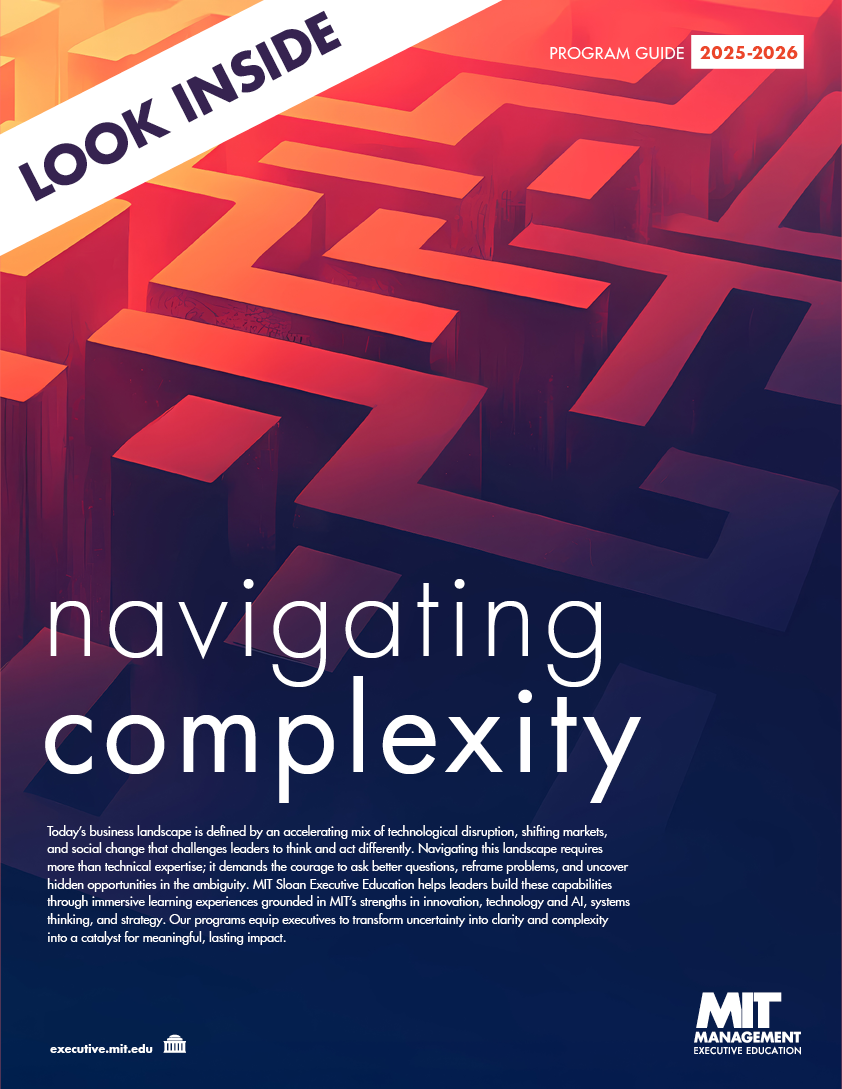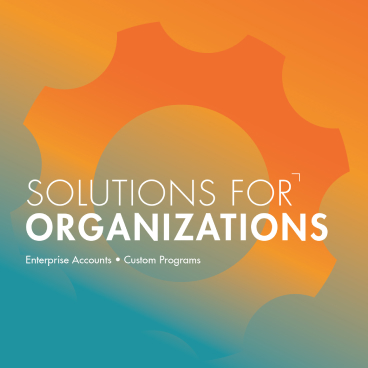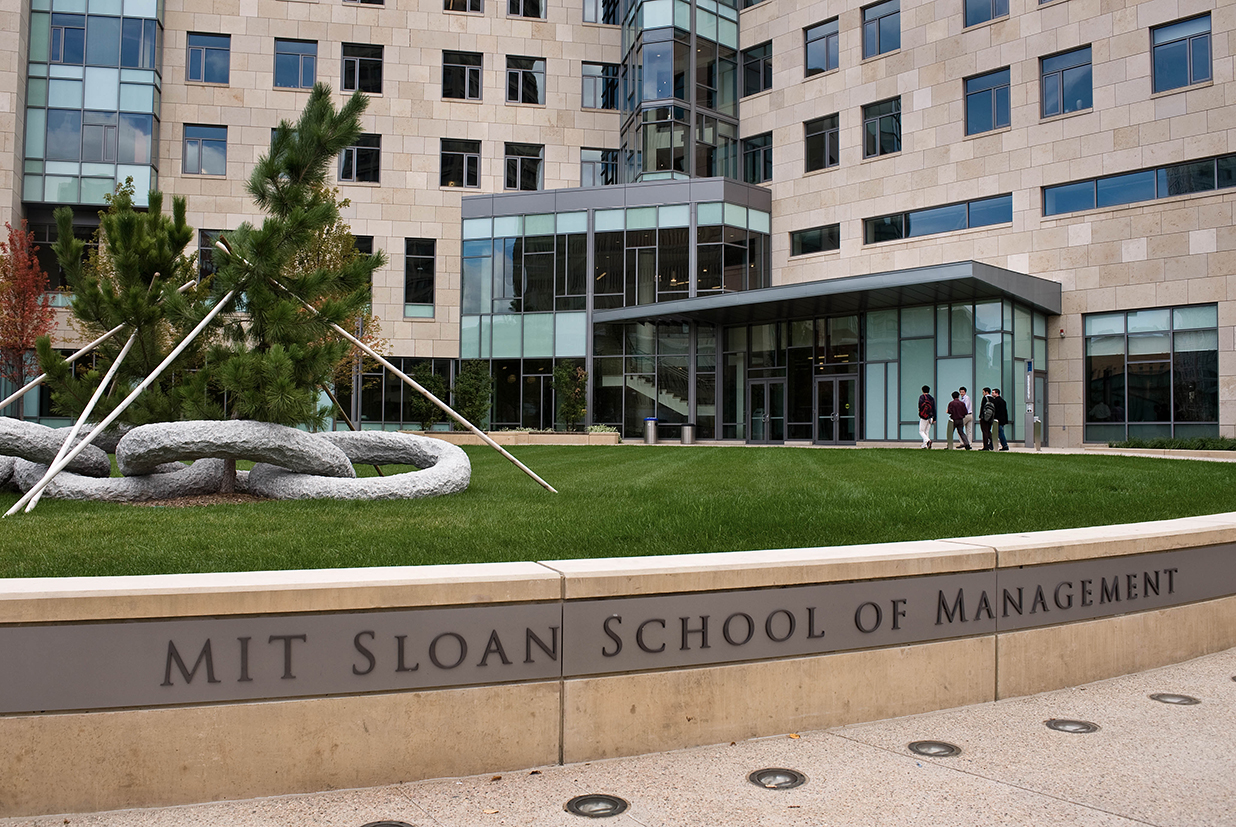Douglas Ready knows a lot about leadership. The MIT Sloan Senior Lecturer is considered one of the world’s leading authorities on strategic talent management and executive development and has been named multiple times to Thinkers50, the premier ranking of the world’s top thought leaders. Ready, who is also Founder and CEO of the International Consortium for Executive Development Research, is a prolific writer on enterprise leadership and implementing strategic and cultural change; his articles have set the agenda for talent, leadership, and strategic change over the last two decades. And he is an active advisor to CEOs and top executive teams around the world.
So, when Ready shares strategic insights, people listen. Much of his writings teachings of late are focused on implementing enterprise-wide transformation, because research is proving that the majority of these efforts fail to reach their intended objectives. Why is that?
According to Ready, when challenges to transformation persist, it is often because there are embedded tensions or paradoxes that surface that seem unresolvable. Ready calls out five embedded tensions that make the successful implementation of enterprise transformations persistently difficult.
1. Revitalization vs. Normalization: At the core of many transformation efforts is the desire to revitalize ways of thinking, behaving, and working. Unfortunately, change often snowballs into multiple change initiatives, and seldom are these initiatives coordinated or provided with sufficient context. Employees can easily become weary of change and yearn for some level of normalcy.
2. Globalization vs. Simplification: The complexities brought on by globalization are often in conflict with an organization’s need to make it simple for customers to do business with them.
Leaders struggle with creating organizational responses that address the need to master globalization while offering customers and employees optimal simplification at the same time.
3. Innovation vs. Regulation: Innovation is what stimulates the creation of new business models, products, services, and ways of working. And yet, so many organizations are struggling to operate in an increasingly crushing regulatory environment (particularly in the aftermath of the global financial crisis). Pursuing creative approaches to solving unmet customers’ needs can feel like a luxury to these companies.
4. Optimization vs. Rationalization: Customers have all of the power in today’s business quotient. Organizations are struggling to offer customized, optimized solutions and products while staying competitive with players that are more agile or have dramatically lower overhead burdens. Leaders today struggle to reconcile the tension between optimizing benefits to customers while rationalizing their costs of doing business.
5. Digitization vs. Humanization: From car services to banking, hospitality, and manufacturing, the strategic use of technology has transformed how value is created. This ubiquitous onset of digitization is at odds with the concurrent desire among employees of all ages for meaning in their work and a sense of purpose in their communities. Leaders of many of today’s largest companies are struggling with how to reconcile the increasing need for the digitization with the growing desire for an overarching sense of purpose.
How to beat the odds: Key ingredients to successful enterprise-wide transformation
Considering all the above, a lot rests on the shoulders of the transformation leader. But Ready says that effective leaders and their teams can beat the odds that their organizations’ transformation efforts will fail. How?
Storytelling. First, leaders must engage in an ongoing communications-and-listening campaign to ensure people are fully aware of the transformation effort and how they might contribute to it.
This process starts by telling a powerful and compelling story of the company’s past, present, and future—where it needs to go and why.
Motivation. Leadership must then set a proactive agenda that creates an inspiring future for employees. The change leader must signal that everyone is accountable for this enterprise-wide transformation. This also means that leadership must be distributed throughout the organization. (As forewarned, the transformation initiatives must be orchestrated and integrated so as to minimize change weariness brought on by uncoordinated efforts.)
Investment in resources. For transformation to take hold, change leaders must turn their companies into world-class talent factories, providing the resources to skill-up the company and build next generation mission-critical capabilities.
Trust. Leaders and employees will need to build a powerful sense of mutual trust. The messaging of leadership’s agenda must align with metrics, milestones, and rewards that provide transparency around how employees can contribute and what behaviors are valued in their organizations
Continuous learning. Finally, change leaders must combine storytelling, motivation, capability-building efforts, and trust with a relentless commitment to implementation and discovery. This will help to create an agile organization of resilient leaders and employees.
Douglas Ready teaches in the Executive Education course Implementing Enterprise-Wide Transformation.








